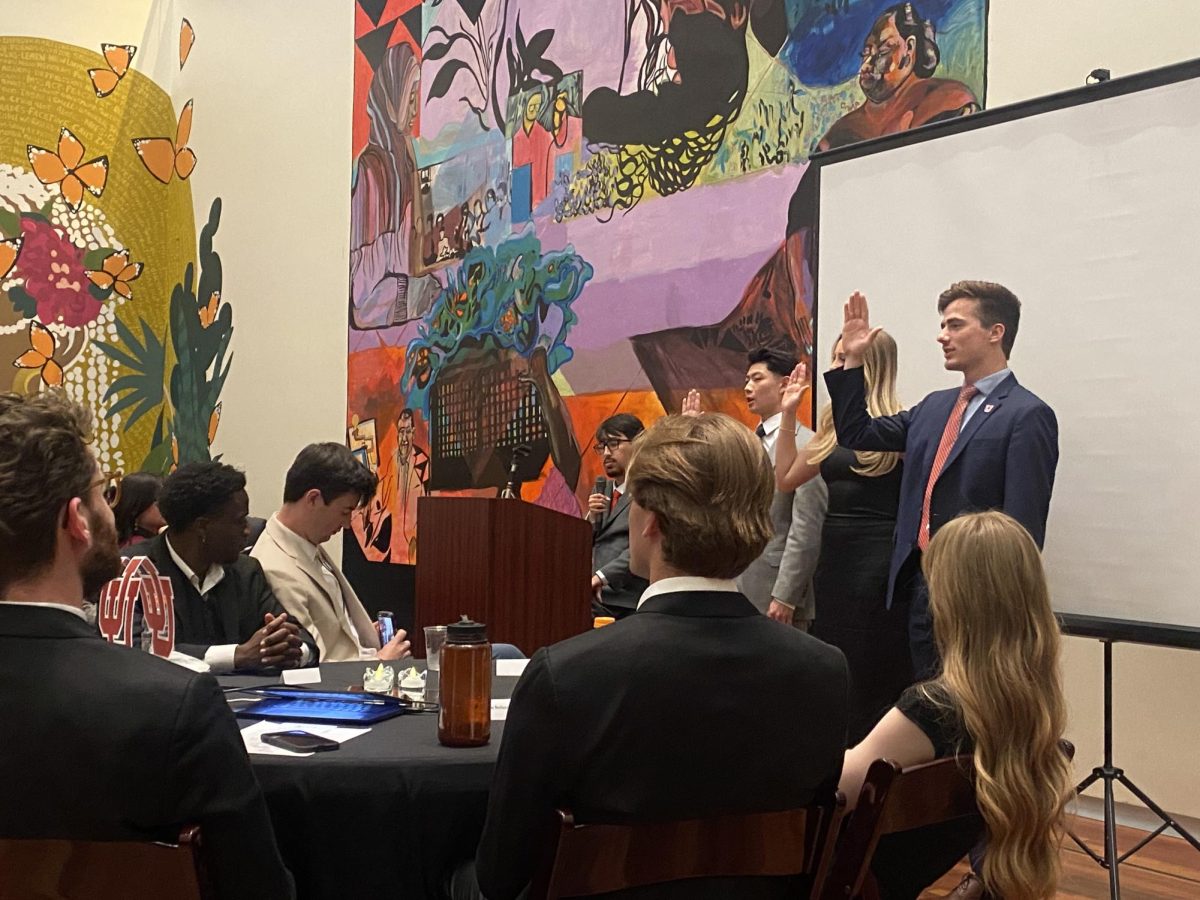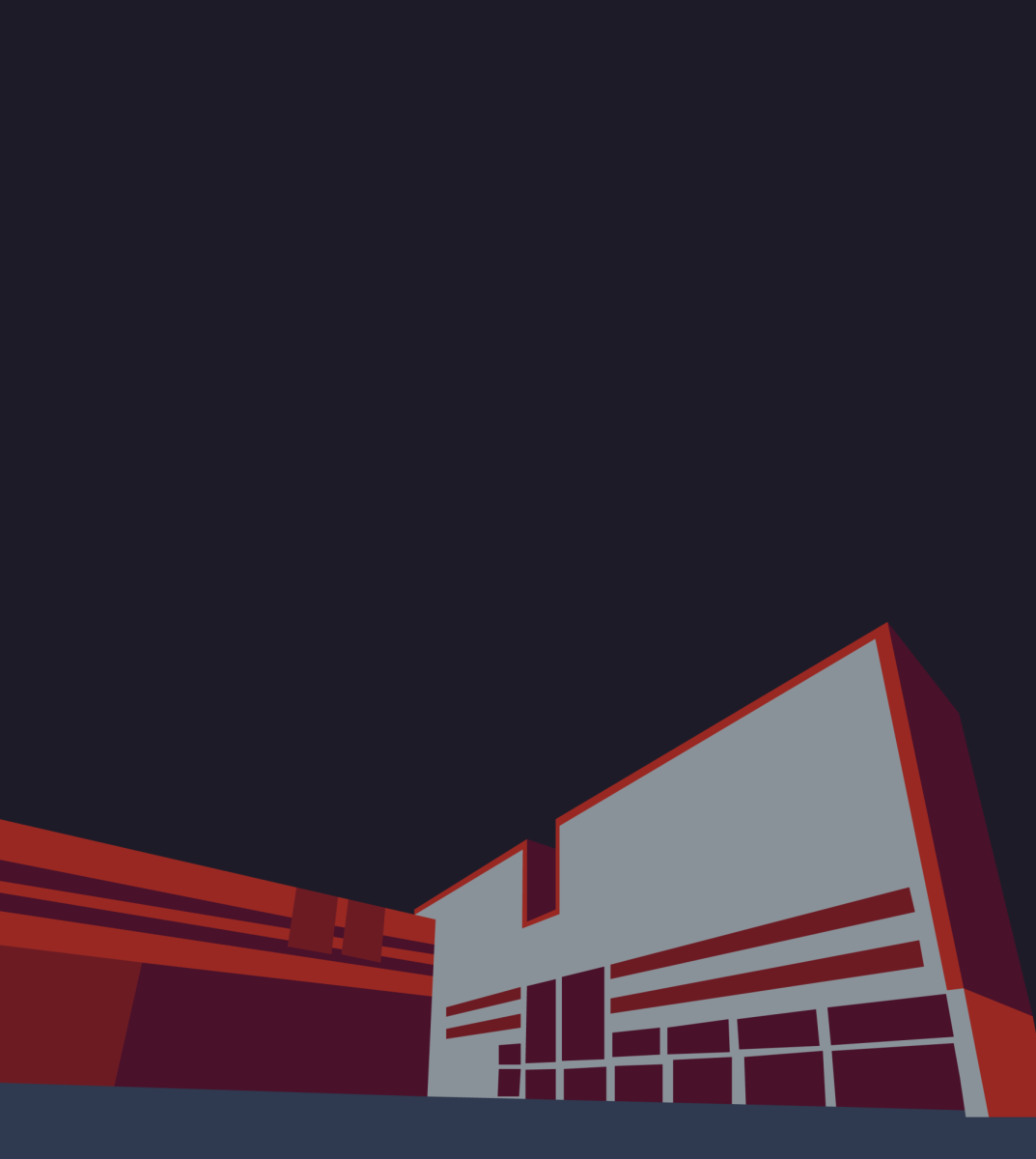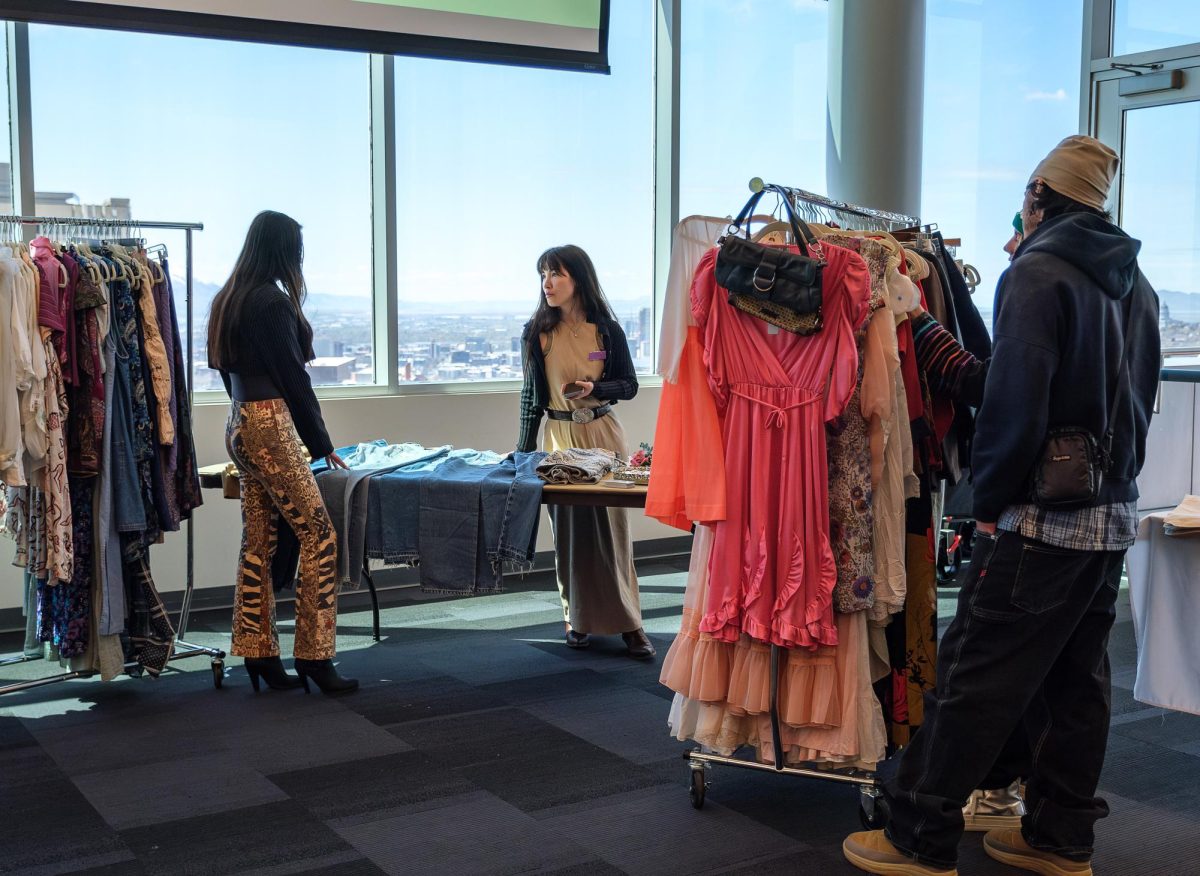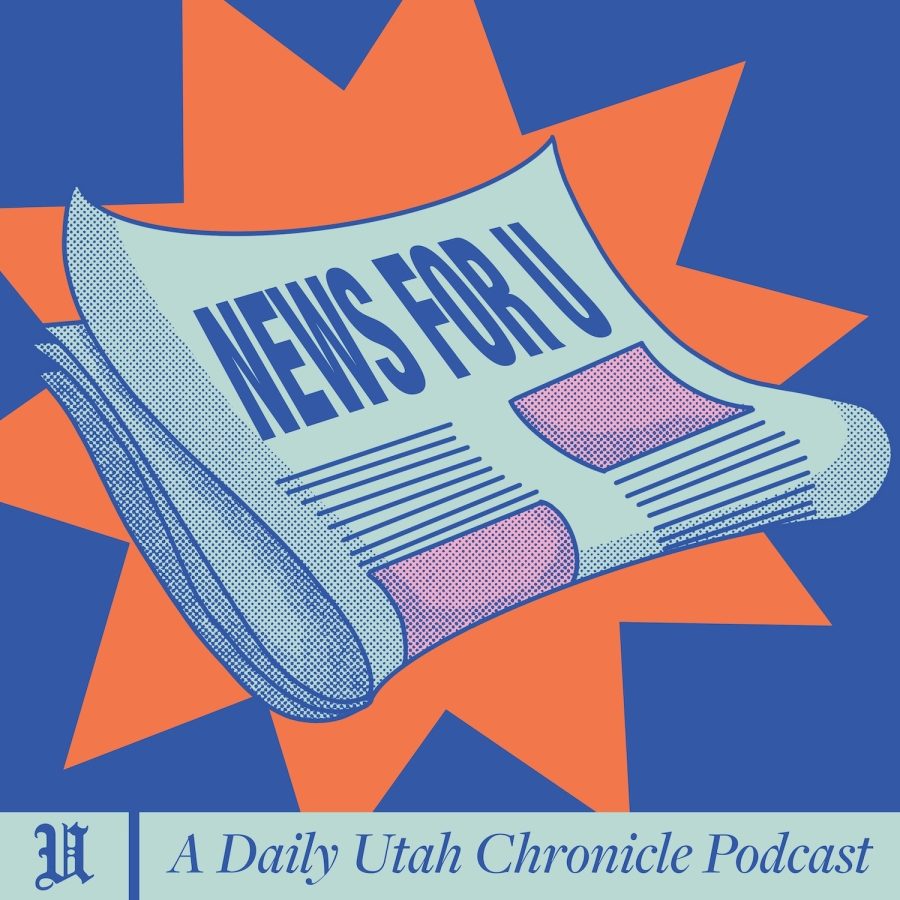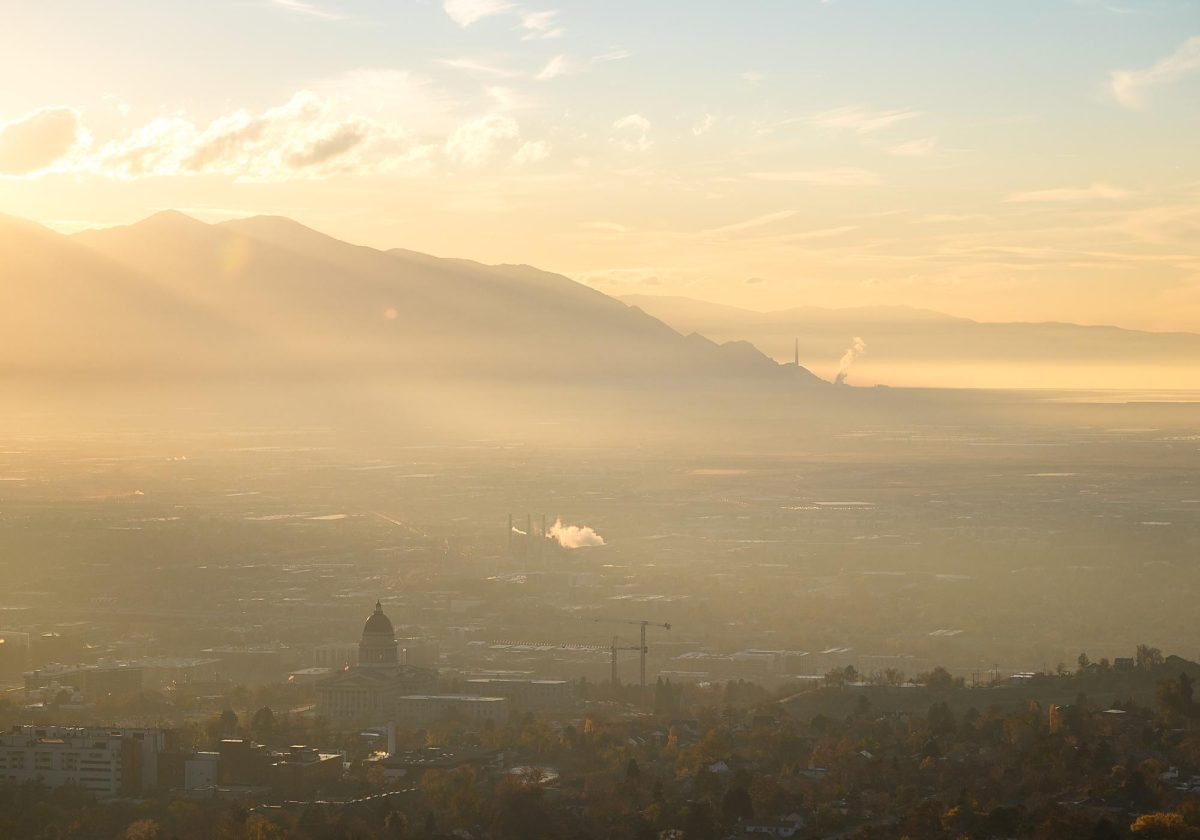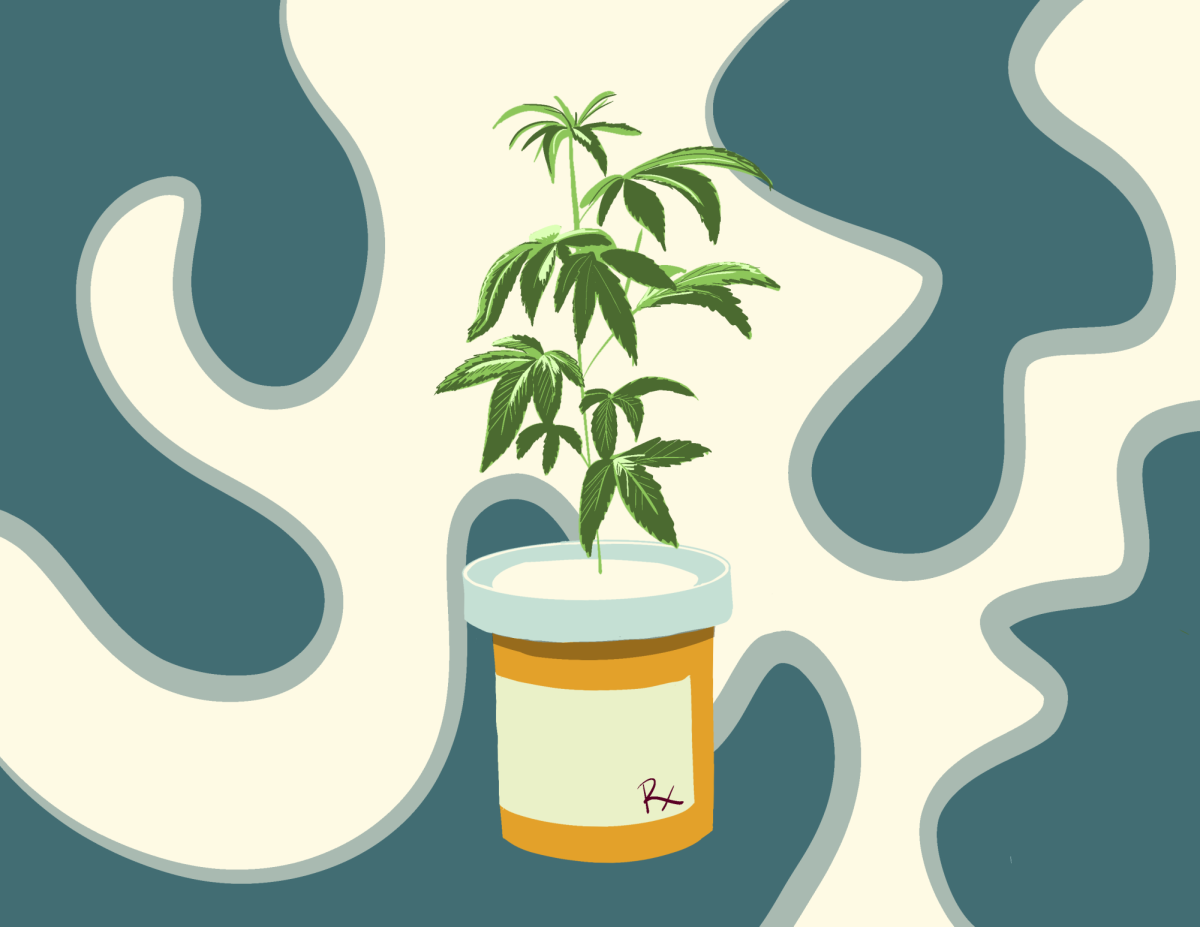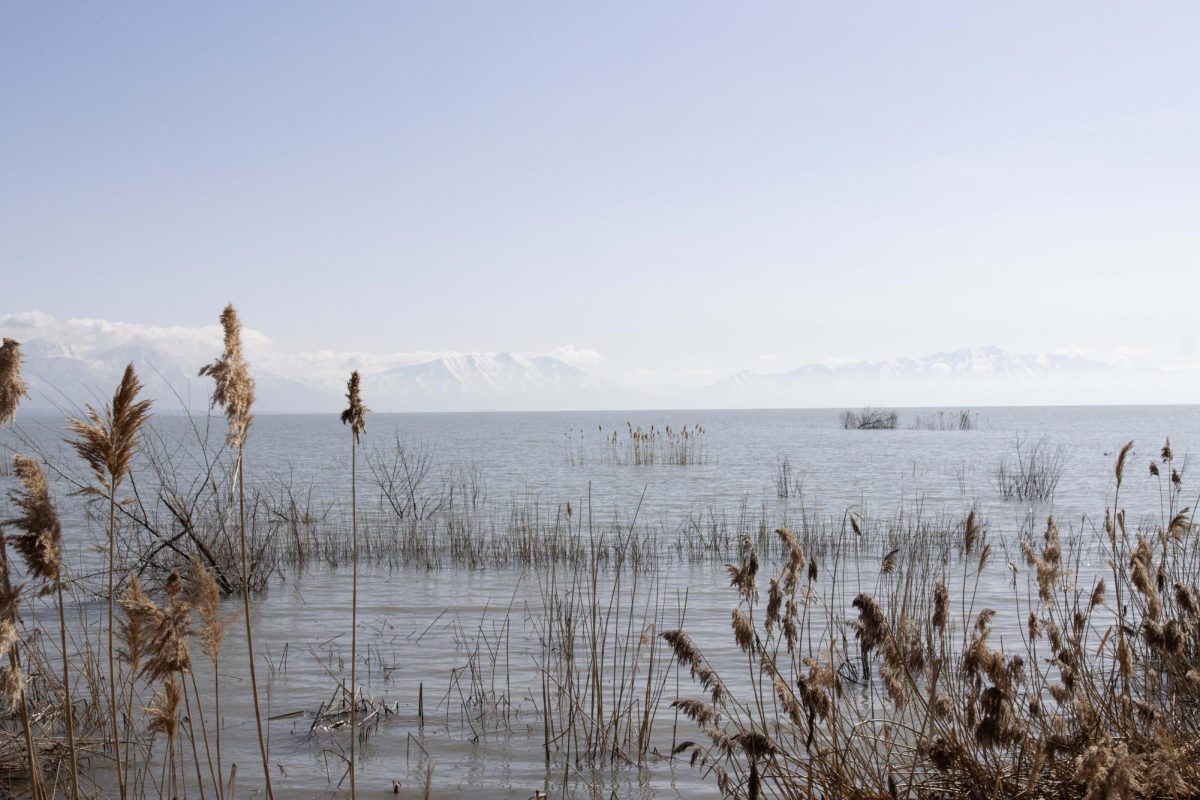As construction projects head toward the hills, more deer are taking refuge down by the U, and it could cost their lives in the future.
Four deer died on campus last month from car accidents, and the numbers will likely increase during the next few months as the weather warms up with summer approaching.
“Every year, the construction keeps moving houses up the mountain, and the deer, they have to move down to where they can feed,” said Craig Clyde, central regional wildlife program manager for the Utah Division of Wildlife Resources.
They don’t cause many problems for the U, but traffic on campus presents a hazard for the deer, said Sue Pope, grounds supervisor at the U.
“Deer have summer range in the high country and winter range in the lowland,” said Fred Montague, a biology professor at the U. He said they’ve been coming down into the Salt Lake Valley during the winter for thousands of years, and they will continue to do so.
Deer take refuge on campus from the concrete jungle that is the Salt Lake benches. Pope said their most frequented hide-outs include the U’s golf course, the field behind the Alumni House and Research Park. A group of deer also inhabit Mount Olivet Cemetery, which is across the street from Rice-Eccles Stadium, year-round.
“Even with its open spaces, the U is not an inviting place,” Pope said. “After being forced into a foreign environment for food, roads and people trap the deer. They get startled and get run over.”
The problem escalates because of a lack of natural predators such as wolves and mountain lions. The deer population grows beyond carrying capacity and deer die in droves from starvation and auto accidents.
Clyde said deer are appearing more.
When people see deer starving, Clyde said they sometimes try to feed the deer but he advises they leave the deer alone.
Montague said people give them hay but that it’s a bad idea. If they continue being fed, it will encourage the spread of disease and the deer will become dependent on nearby humans. Feeding them expands the deer population beyond natural capacity and disrupts the deer’s ability to digest plants that are a part of their regular diet.
Hunting deer has a far smaller effect on deer population than automobiles, said Division of Wildlife Services biologist Dale Liechty. Hunters mainly shoot male deer, and the overall population requires relatively few males. Female deer play the more important role in sustaining the population and are the most common victims of car collisions, Liechty said.
“Does lost are generations lost,” he said.
The Division of Wildlife Services used to issue doe hunting tags in an effort to manage the population but has reduced the number because auto accidents and a lack of winter range causing subsequent starvation threaten the deer population enough.
“The bottom line is that we are short on shrubs,” Montague said.
The only solution to the problem is to coexist and set aside more land for nature and deer, he said.

As construction encroaches on deer habitat in the foothills, many have relocated their feeding grounds to the U campus. The preponderance of deer on campus requires care from students and motorists.

Clyde of the Utah Division of Wildlife Resources encourages students to leave deer on campus alone and to not feed them.



